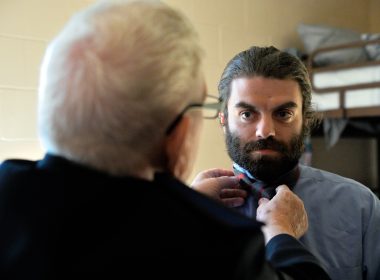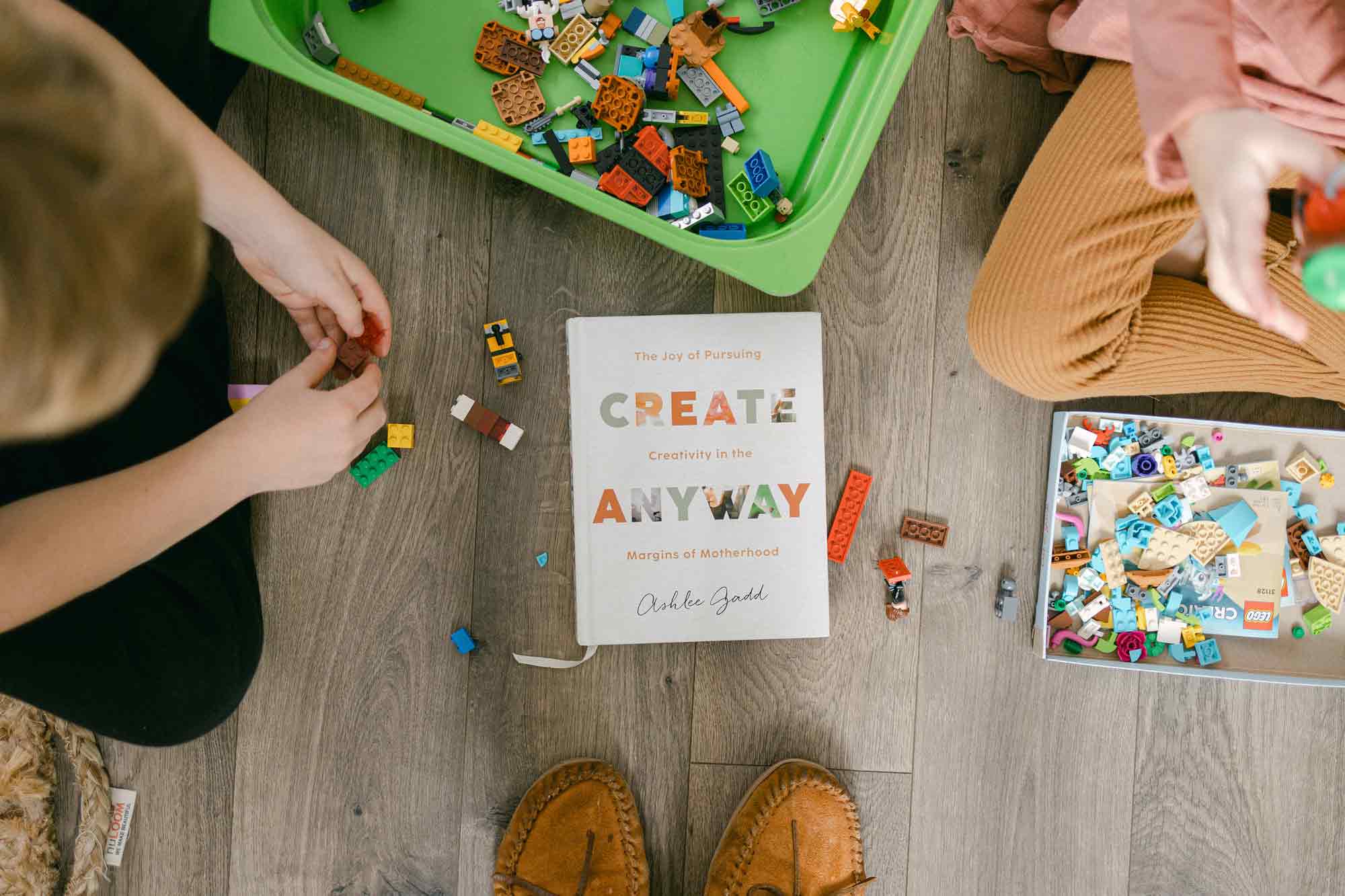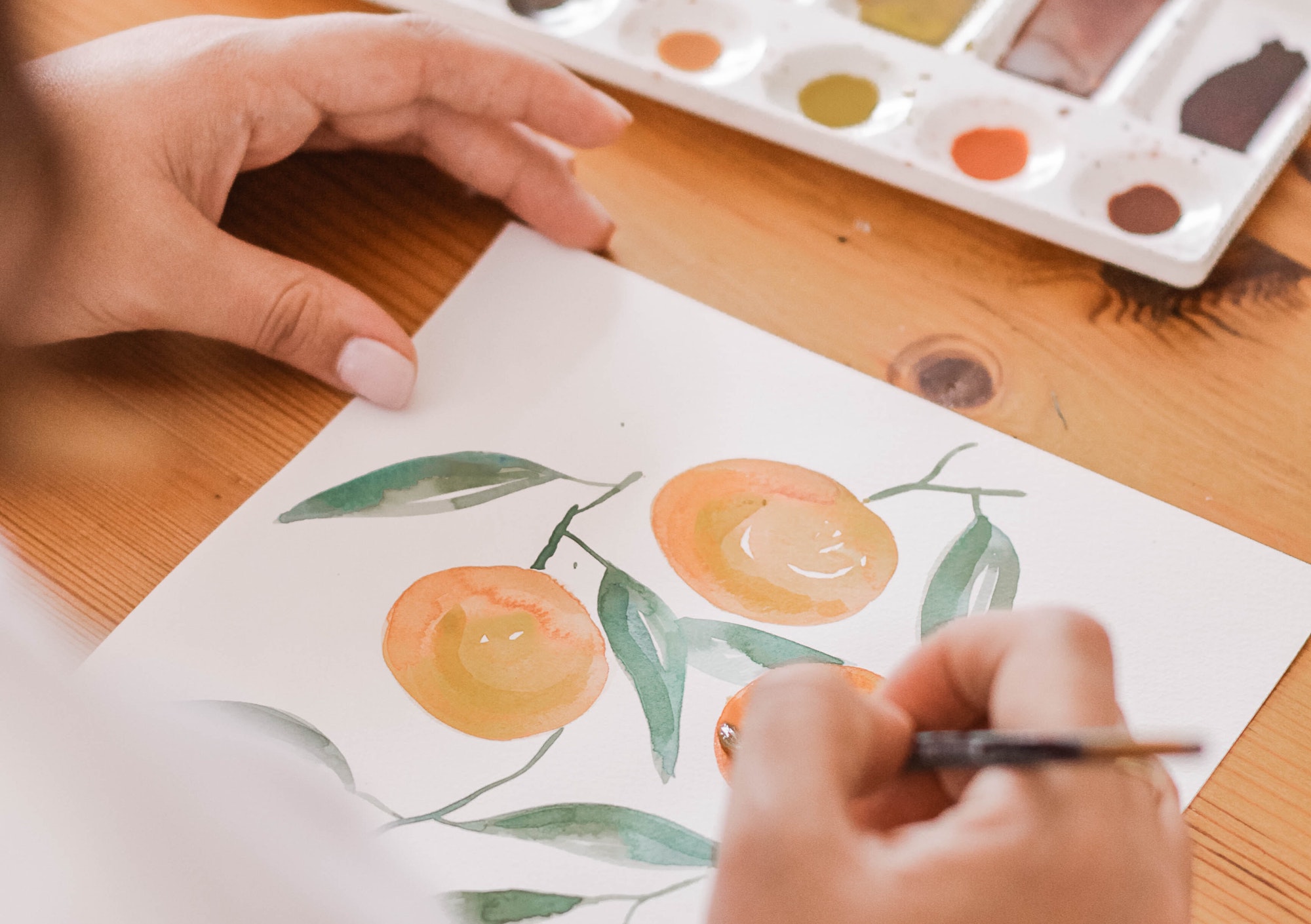Poverty and the Arts diminishes class lines and offers community.
Kateri Pomeroy, 63, has lived on the streets over two years. Arthritis limits her mobility, let alone her job prospects.
Art provides solace.
“I find it spiritually soothing…[and] therapeutic, especially when you’re in a homeless situation and the stress is just bad alone,” she said. “It helps release tension and anger.”
[huge_it_slider id=”12″]Pomeroy started her art career in Tennessee through the Nashville-based Poverty and the Arts.
Created by Nicole Brandt in 2011, Poverty and the Arts is part of an on-campus community service project at Belmont University, hosting community art days where volunteers and homeless artists create art together. This year the organization obtained nonprofit status.
“Being a music city, we have a bunch of creatives that come and are growing [in number] and we have a ton of musicians that have come and don’t make it and find themselves on the streets with different problems,” Brandt said. “I felt like there was this need in Nashville. There was nothing set up where we could all just be equal.”
The biannual community arts days in March and November evolved to include four branches of the arts: visual arts with creating and discussing art in response to a prompt; music in a “jam session” of various instruments; creative writing to pen stories and poems together; and theater with improv games. Poverty and the Arts then hosts showcases of the art created or performed at community arts days to raise awareness of homelessness.
“Our mission is to break down class lines and empower the homeless community through the arts,” Brandt said. “The idea is that our volunteers get a chance to create with our homeless participants versus typical us-versus-them service opportunities, and through that experience they get to see our homeless participants as creative and talented and have meaningful conversations.”
– The unemployment rate for artists totaled 7.1 percent in 2013.
SOURCE: The National Endowment for the Arts
Mary Elizabeth Vance started volunteering with Poverty and the Arts when it first launched.
“Initially, I wanted to help [Nicole], but I was also really inspired by the vision because I think art really historically has had this ability to create social change and I think that the creative process itself can really open up dialogue between people who wouldn’t necessarily get to talk to each other or see each other or engage with each other in such a personal way on a regular basis,” Vance said.
She not only enjoys volunteering because it involves her artistic passion, but also because of the meaningful relationships she’s built.
“As an artist myself, it’s always rewarding to talk to other artists, [and] hear their stories,” she said. “It’s been great to grow in relationships with people and really get to change my own perspective on the struggles of that community and how brilliant those people are. I see the arts as such a deep part of my own identity, and to be able to affirm that identity in other people is just a really rewarding experience.”
Recently, Poverty and the Arts added the Adopt a Homeless Artist program that allows people to sponsor artists experiencing homelessness for $200, which provides art supplies, storage and studio space, exhibition and art-selling opportunities, and professional development.
“The program has given me hope that I can get out of this cycle that I’m in,” said Pomeroy, an adopted artist. “I always told myself that it would be temporary, but I didn’t know exactly how I was going to go about it. I was very depressed. Normally I’m an upbeat person and I try and look at the positive side of things, and I was just not myself and [was] emotionally and spiritually just sliding down. When this opportunity unveiled itself to me it was just to me a godsend. It was an answer to prayer actually.”
– Volunteer at a Poverty and the Arts community arts day in Nashville, or host your own in your local area.
– Create and sell art and donate the proceeds to charity.
In September, Poverty and the Arts hosted its annual gala, displaying and selling art by those in the Adopt a Homeless Artist program. The artists, including Pomeroy, earned over $700. Art that did not sell at the gala was sold online.
“My artwork is getting out there,” said Pomeroy, who recently sold two pieces at the monthly local Wedgewood/Houston Art Crawl.
Poverty and the Arts will partner with How’s Nashville in 2015, offering creative classes to those receiving housing through the program. Classes will vary depending on the strengths of the Poverty and the Arts volunteers, but current ideas include sewing, crafts, jewelry making, songwriting, photography, gardening and metal and woodworking.
“A mindset is created when you’re on the streets and enter homelessness, and unless there’s a way to refrain that mindset it’s really easy to keep cycling back into poverty,” Brandt said. “We hope to be an integral part of what’s happening with housing and homelessness in Nashville, and be a resource both for homeless communities and homeless organizations as well as art organizations…broadening the perspective of who an artist is and bridging the gap of those communities here.”
Community Arts Day 2014 photos by Rebecca Kinslow Berrios
Writing activity and Other photos Courtesy of Poverty and the Arts














Comments are closed.